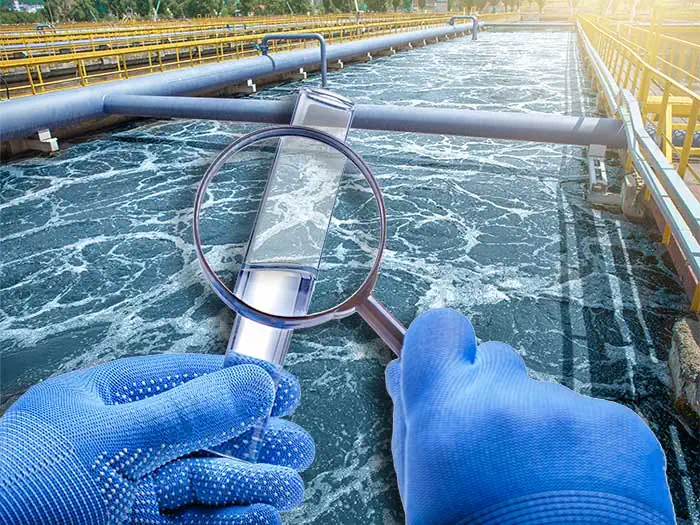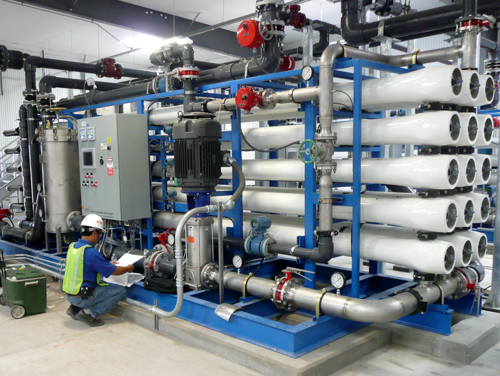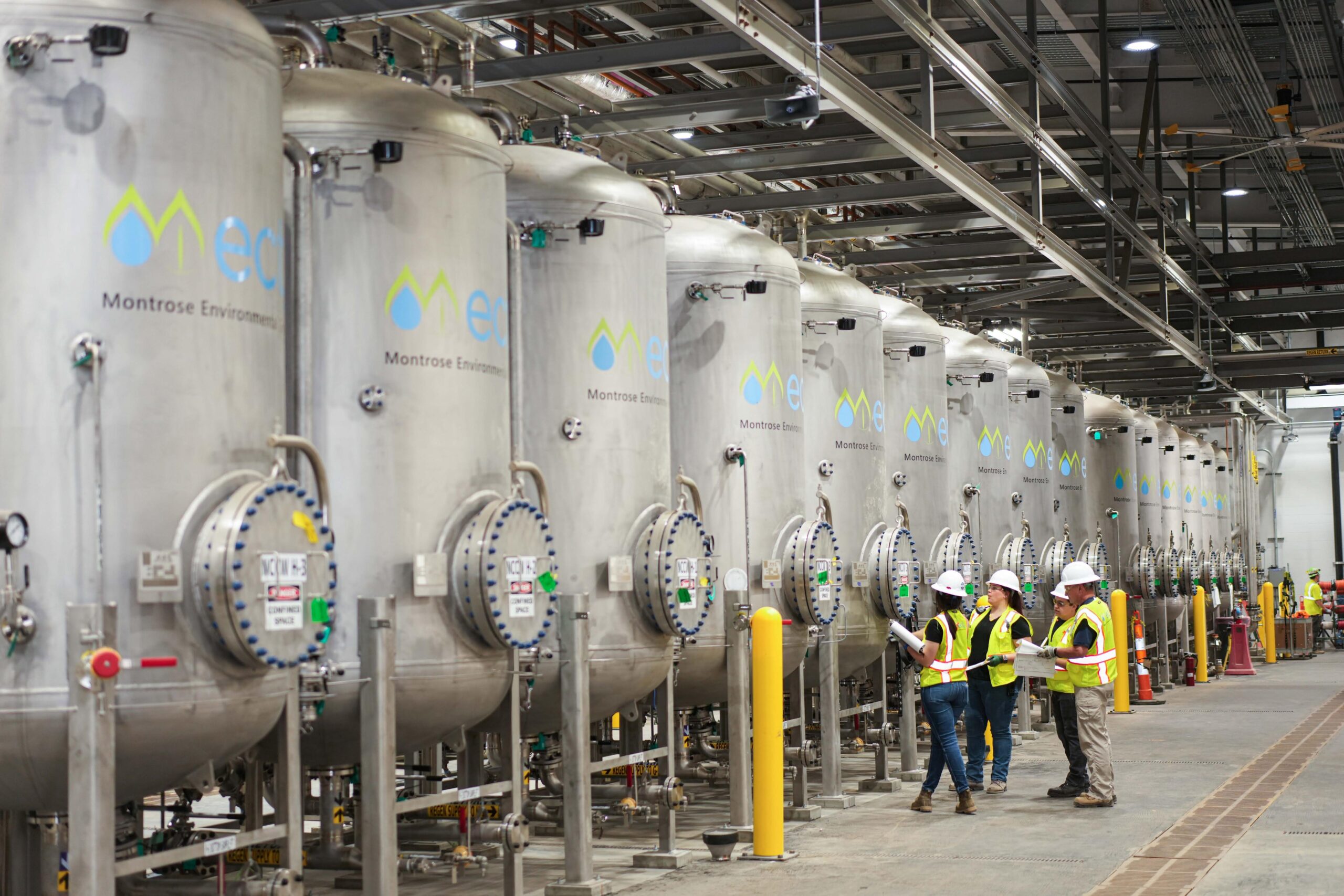Your Guide to PFAS Therapy Technologies and Benefits
The frequency of PFAS contamination in water resources demands a comprehensive understanding of available treatment technologies. Each innovation not just targets details PFAS compounds yet likewise plays a crucial duty in improving total water quality and shielding environmental honesty.
Comprehending PFAS Contamination
Understanding PFAS contamination is critical for resolving its pervasive influence on environmental and human health and wellness (m270 pfas treatment). Per- and polyfluoroalkyl compounds (PFAS) are a group of artificial chemicals commonly utilized in various industrial and consumer items because of their water- and grease-resistant buildings. Generally located in firefighting foams, non-stick cooking equipment, and water-repellent materials, PFAS have actually entered the environment with manufacturing processes, wastewater discharges, and leaching from garbage dumps
Once launched, these materials continue the environment, leading to widespread contamination of soil and water resources. Their distinct chemical framework, defined by strong carbon-fluorine bonds, makes them immune to deterioration, causing a phenomenon understood as "for life chemicals." As a result, PFAS can build up in the body and the food chain, possibly causing unfavorable wellness impacts, consisting of body immune system disturbance, developmental issues, and an increased danger of certain cancers cells.
Regulatory firms and health organizations are increasingly identifying the importance of PFAS contamination, prompting initiatives to keep an eye on, analyze, and reduce its results. Comprehending the paths of PFAS contamination is essential for informing public law and establishing reliable techniques to shield both environmental and human health and wellness.
Review of Treatment Technologies
Various treatment modern technologies have been created to address the difficulties postured by PFAS contamination in water and soil. These modern technologies can be broadly classified into numerous categories, each with its special mechanisms and effectiveness in eliminating PFAS substances.
One famous technique is ion exchange, which utilizes material products to capture and eliminate PFAS from contaminated water. An additional innovation, advanced oxidation processes (AOPs), uses strong oxidants and ultraviolet light to damage down PFAS right into much less hazardous substances.

Turned On Carbon Filtration
Triggered carbon purification is an extensively utilized approach for the removal of PFAS from polluted water, recognized for its capability to adsorb a wide series of organic compounds. This innovation uses turned on carbon, a highly porous product with a substantial area, which helps with the binding see this website of PFAS particles with physical adsorption. The efficiency of turned on carbon in removing PFAS is influenced by numerous variables, consisting of the kind of carbon utilized, the get in touch with time, and the concentration of PFAS in the water.
One of the advantages of activated carbon filtering is its versatility; it can be implemented in numerous setups, such as granular turned on carbon (GAC) systems or powdered turned on carbon (PAC) systems. GAC systems are usually utilized in larger-scale applications, while PAC can be made use of in smaller sized or momentary setups. The modern technology is relatively easy to operate and preserve, making it accessible for lots of water treatment facilities.

Ion Exchange Equipment
Ion exchange systems stand for an additional effective strategy for the removal of PFAS from contaminated water, matching techniques like turned on carbon purification. These systems operate the principle of trading ions in the water with ions held on a resin material. Ion exchange resins can be specifically created to target the adversely charged PFAS compounds, successfully capturing them and permitting cleaner water to pass through.
One of the key advantages of ion exchange systems is their ability to remove a broad range of PFAS, consisting of both long-chain and short-chain variations. This flexibility makes them ideal for numerous applications, varying from metropolitan water treatment to industrial procedures. In addition, ion exchange systems can frequently accomplish lower detection limitations for PFAS compared to some other treatment techniques, hence improving water top quality.
Nevertheless, it is necessary to monitor and handle the regrowth of ion exchange media, as the performance can decrease with time due to saturation. Appropriate upkeep and replacement of the material are crucial for sustaining the system's efficiency. Overall, ion exchange systems supply a trusted and reliable option for PFAS elimination, contributing significantly to safe drinking water criteria and ecological protection.
Advanced Oxidation Processes
Advanced Oxidation Processes (AOPs) utilize powerful oxidants to properly deteriorate PFAS substances in contaminated water. These ingenious treatment approaches generate extremely reactive species, such as hydroxyl his comment is here radicals, that can break down complex PFAS molecules right into less harmful results. m270 pfas treatment. AOPs usually utilize combinations of ultraviolet (UV) light, ozone, hydrogen peroxide, or Fenton's reagent, boosting the oxidation potential and boosting degradation performance
The key benefit of AOPs hinges on their capability to target a broad series of PFAS compounds, including both long-chain and short-chain variations. This versatility is crucial, as PFAS contamination commonly includes mixtures of various compounds with varying chemical structures. Additionally, AOPs can be integrated into existing water treatment systems, making them a practical solution for numerous districts and markets.
Nevertheless, the application of AOPs can be resource-intensive, needing cautious consideration of operational costs and power intake. In addition, while AOPs are efficient in damaging down PFAS, they may not entirely eliminate all results, necessitating more therapy actions - m270 pfas treatment. Overall, AOPs represent a promising avenue for dealing with PFAS contamination, adding to cleaner water resources and improved public health defense

Conclusion
By selecting the ideal innovation, communities can boost water top quality, shield public wellness, and minimize the environmental risks linked with PFAS direct exposure. Proceeded research study and execution of these techniques are important for reliable administration of PFAS contamination in affected areas.